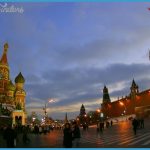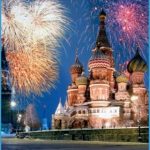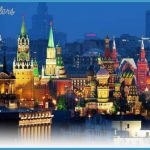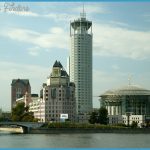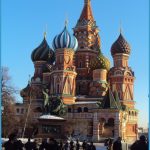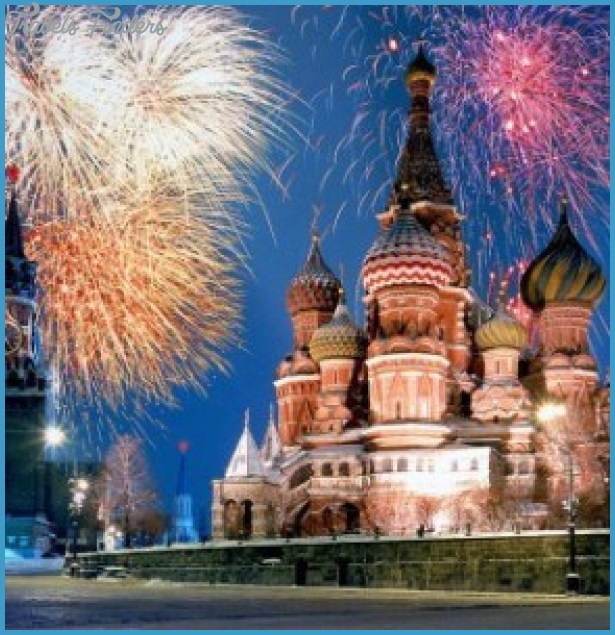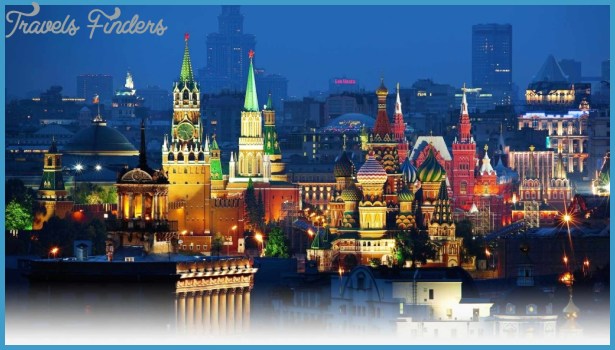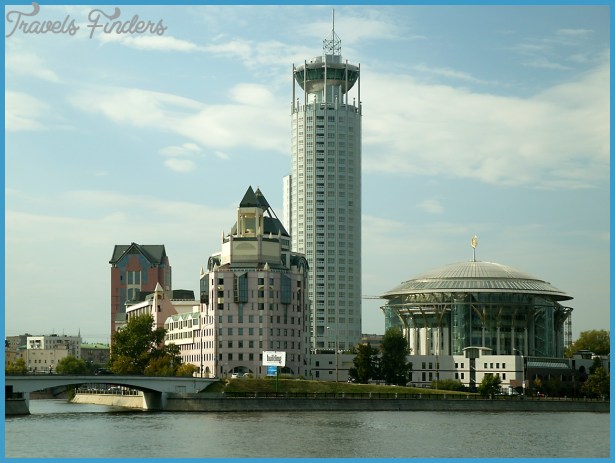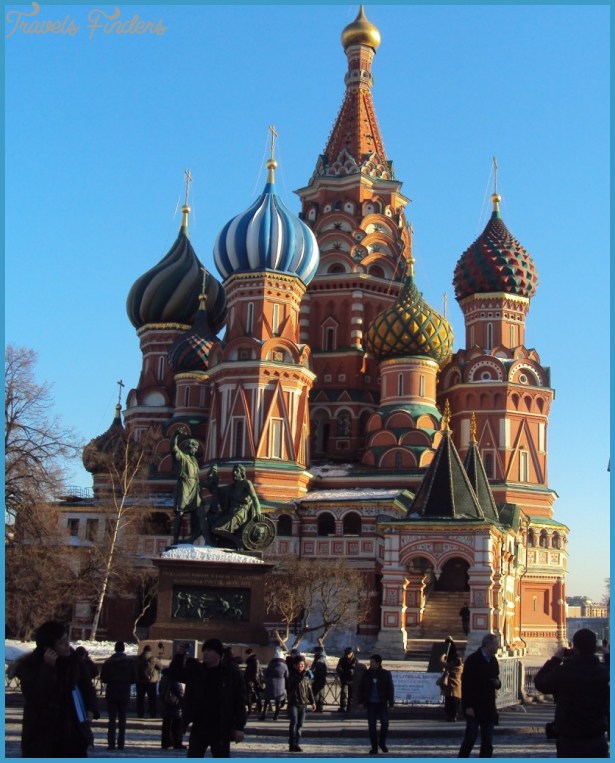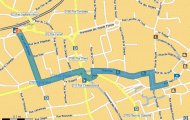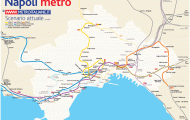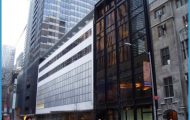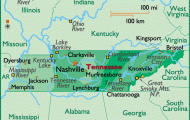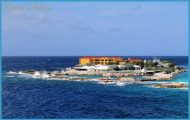HISTORY
The first mention of the Soviet metropolis was in 1147 as seat of the Yuri Dolgoruki. Shortly after it was secured by a palisade fence and recognized as a town but stayed without importance, however, despite its good transport links until 1326 when it became the seat of the Russian Metropolite. Then in rapid succession the Kitaigorod, an important trade center developed, and Moscow soon became the center of the Russian trade, and in the middle of the 14th century the capital of the Greater Principality of Moscow. In 1571 it was destroyed by the Crimatars.
The consequences were crippling and subsequently there was great building activity around the Kremlin. Fortifications were established but had to take in Catherine II’s boulevards in a first general plan in the 18th century. When Napoleon marched into Moscow on the 14th September 1812 two thirds of the city burnt down in less than eight days.
After Napoleon’s retreat (we know that the rigorous Russian winter decimated Napoleon’s troops and that the Russian campaign ended in disaster for him) reconstruction started at a brisk pace. The growth in the population rose from 25,000 in 1812 to 350,000 in 1863. In 1882 it had risen to 750,000 due to the abolition of serfdom and industrialisation. In 1900 Moscow already had one million inhabitants and in 1913 over 1000 factories with 157,000 registered workers. After the October Revolution of 1917, which took place here without much fighting, Moscow was named de facto capital of Soviet Russia and official capital of the USSR in 1923 .
After the Revolution, came the breaking off of the Church from the State, which gave the National Council the opportunity to continue the patriarchal system, which had been established in 1589 with the Agreement of Constantinople and had been abrogated by Czar Peter the Great in 1721. He had created the Holy Synod, a collective church head person, who understudied on behalf of an Imperial procuror. In the Second World War the German troops came only to the suburbs of Moscow and were pushed back by the soviet counter attacks (winter 1941/ 42).

